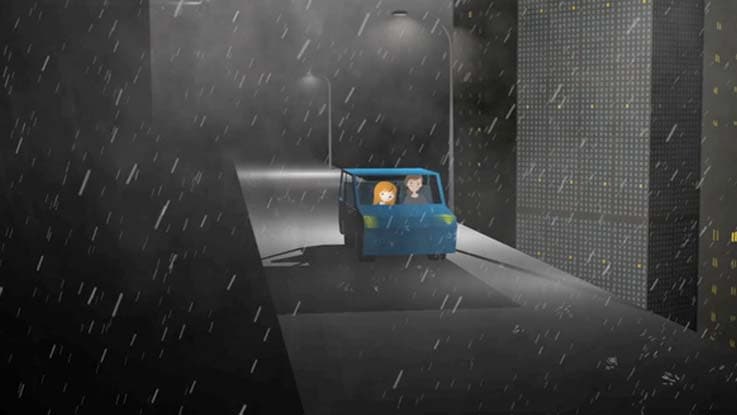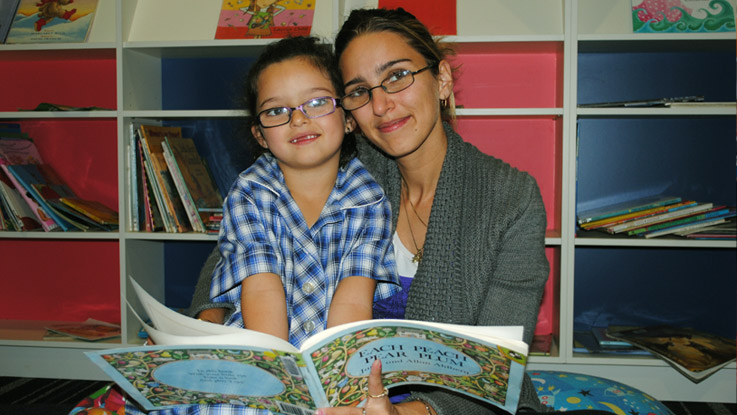
Alice and The Giant Emptiness
Alice’s story is typical of many disadvantaged children, who often feel lonely and vulnerable.
Through no fault of her own, Alice feels different from the other children. Without the money for proper uniforms, shoes, school supplies and excursions – or even a bus to school – she feels she doesn’t fit in, and struggles to make friends.
She finds it hard to join in with the others in class and doesn’t have the support she needs to catch up. With every day that passes her confidence erodes, leaving her isolated, feeling lost and empty inside.
As her self-esteem plummets, so do her chances for a better future.
But your caring support can end the isolation for children like Alice and help them believe in themselves again.
Right now, Australian children are living in poverty
Not all children get an equal start in life. Alice is just one of the one in six1 Australian children living in disadvantage today.
Some families have experienced many generations of disadvantage. For others, a more recent change in health, employment or family relationships has affected them so badly that they are no longer able to meet the daily costs of living.
With limited financial resources, the day to day life of a family changes significantly. If the parents are working, they are more likely to be working irregular hours or travelling long distances for work.
This puts pressure on other family members, including children, to keep the household running. Teenagers may have to work to supplement the family income, leaving them little or no time to study – and no one there to help them if they’re struggling with school work.
With so much focus on just ‘getting by’, many of these kids don’t have something as simple as a school bag, a complete uniform or the schoolbooks they need to make the most of their education. School excursions and activities are an impossible luxury. They are often teased or left out by other students because they don’t ‘fit in’.
The impact of disadvantage on learning
When they start school, they’re already behind. One in three children from Australia’s most disadvantaged communities do not meet one or more key developmental milestones when they start school.2

After my dad died, mum had to stop working to look after us. Even being able to afford a school uniform was hard. Other kids made fun of me - I felt so alone.
Disadvantaged students are on average 2-3 years behind in reading and Maths by the time they are 15 years old. Without the learning skills and support they need, they struggle to keep up. As the gap between them and their classmates widens their confidence erodes and their self-esteem crumbles, leaving them feeling overwhelmed, lonely and isolated, filled with a ‘giant emptiness’ just like Alice.
If we don't intervene in the early years, they can fall so far behind at school they give up trying – shut themselves off from their class mates, stop participating in class, or even give up on going to school altogether. This can set up a pattern of underachievement that can last the rest of their lives.
Research shows Year 12 completion rates are significantly lower (68%) for students from disadvantaged backgrounds than for students from more advantaged backgrounds (79%). Young people from advantaged backgrounds are three times more likely to attend university than students from vulnerable backgrounds.
How you can help
Your support can change the lives of children like Alice, by providing them with the extra out-of-school support they need to catch up and keep up at school.
Your gift today will give a child access a range of out-of-school learning, mentoring programs and financial support that begin in the early years and continue through to high school and tertiary education.
By sponsoring a child like Alice, you can will be giving them life-changing, comprehensive support so they can finally fit in and get the most out of their schooling.
You can empower young Australians to lift themselves out of poverty and onto a better path – breaking the cycle of disadvantage, one child at a time.
How sponsorship helps

School essentials

Local, personalised support

Access to additional learning support
About Tales of the One in Six
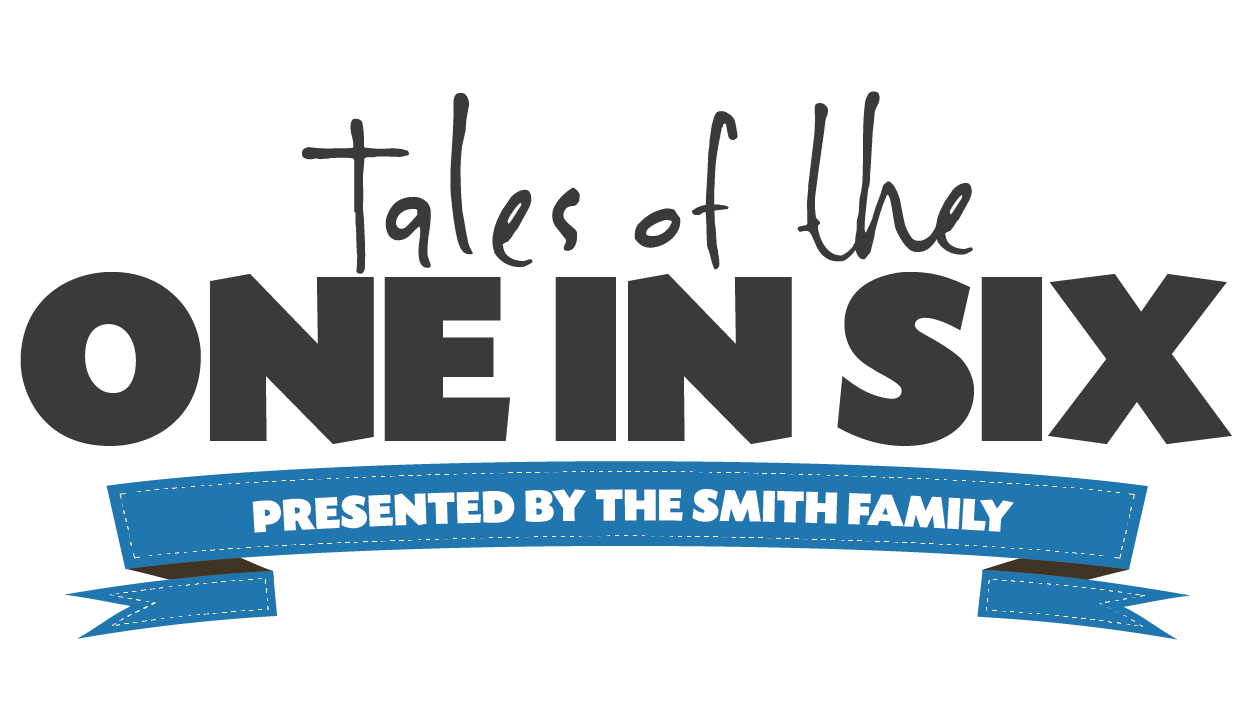
Tales of the ‘One In Six’ is an animated web series based on the real stories of Australian children from disadvantaged backgrounds, who struggle daily with the effects of financial hardship.
The stories are drawn from the challenging but inspiring stories of children who have overcome adversity, thanks to the generosity of people like you.
Using a simple animated style, together with elements of traditional fairy tales, these short films will draw you into the inner world of these children to reveal their stories of hardship and transformation.
Tales of the One in Six
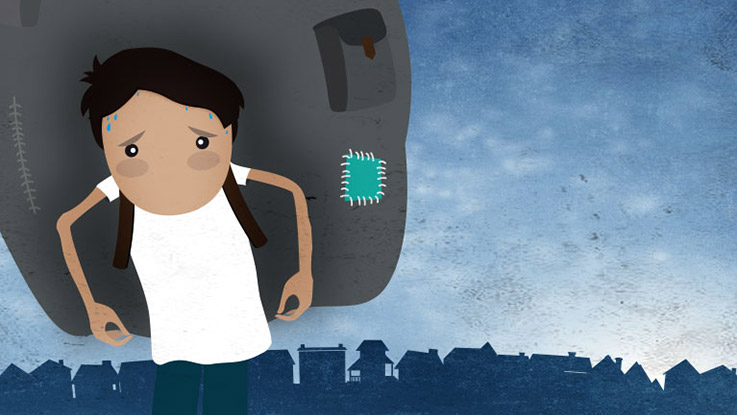
David and The Big Heavy
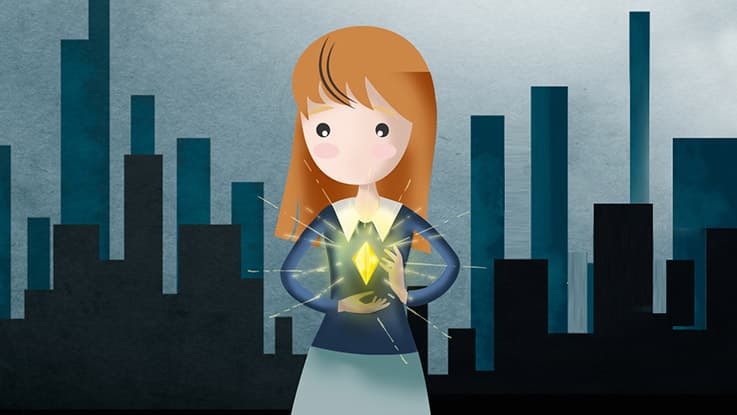
Jess and The Mighty Journey
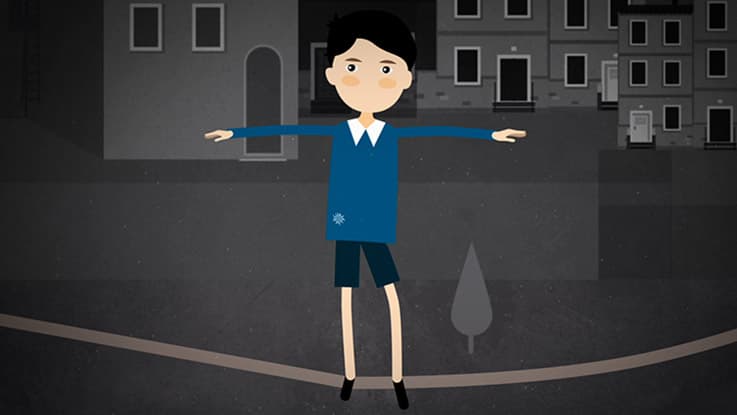
Steven and The Tightrope Walk
2Australian Government (2016) Australian Early Development Census National Report, 2015: A snapshot of early childhood development in Australian, DET: Canberra.
3Thomson et al, 2011, Challenges for Australian Education: Results from PISA 2009.
4Australian Curriculum, Assessment and Reporting Authority 2012. National Report on Schooling in Australia 2010: Additional statistics.
5Department of Education, Employment and Workplace Relations, 2008, Review of Australian Higher Education Final Report.


